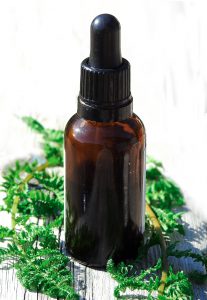
Last week, I reviewed all of the controversies of reproductive claims with essential oils and summarized what I have discussed so far about sage essential oil in my article published on NatPath,
This week, on my homepage, I posted the conclusion on sage oil, which was also published on NatPath. In it, I explain the differences between extracts, herbs, and essential oils and studies assessing sage oil’s actions in various types of trials.
In last week’s video summary for the weekend oily tip, I mentioned I was receiving feedback that although many of my readers were finding my information valuable, they were having a hard time keeping up with it.
For this reason, I am condensing all the information onto one place, my homepage, including announcements of new blogs on Healing, Health, & Wellness and NatPath, if they contain the weekly focus.
I will still be posting exclusive content here at times, but all the latest updates, news, announcements, and most recent weekly postings will be on my homepage.
This means that if you don’t want to miss anything, and/or continue to read my content, make sure you subscribe to my homepage by clicking here.
This should now give everyone more time to incorporate what was learned and I get to breathe a little more and work on some other projects.
In the upcoming weeks, I’ll be concluding with the discussion with rose geranium oil that I began here last week.
So… make sure to check back on my homepage!
This material is for information purposes only and is not intended to diagnose, treat, or prescribe for any illness. You should check with your doctor regarding implementing any new strategies into your wellness regime. These statements have not been evaluated by the FDA. (Independent Distributor, Affiliation link.)
Disclaimer: This information is applicable ONLY for therapeutic quality essential oils. This information DOES NOT apply to essential oils that have not been tested for purity and standardized constituents. There is no quality control in the United States, and oils labeled as “100% pure” need only to contain 5% of the actual oil. The rest of the bottle can be filled with fillers and sometimes toxic ingredients that can irritate the skin. The studies are not based solely on a specific brand of an essential oil, unless stated. Please read the full study for more information.
Thanks Pixabay for the image!



